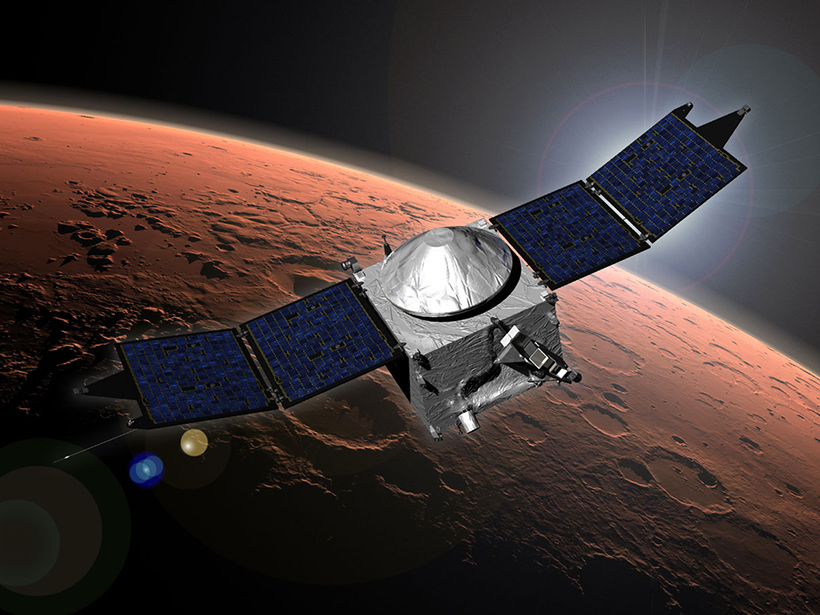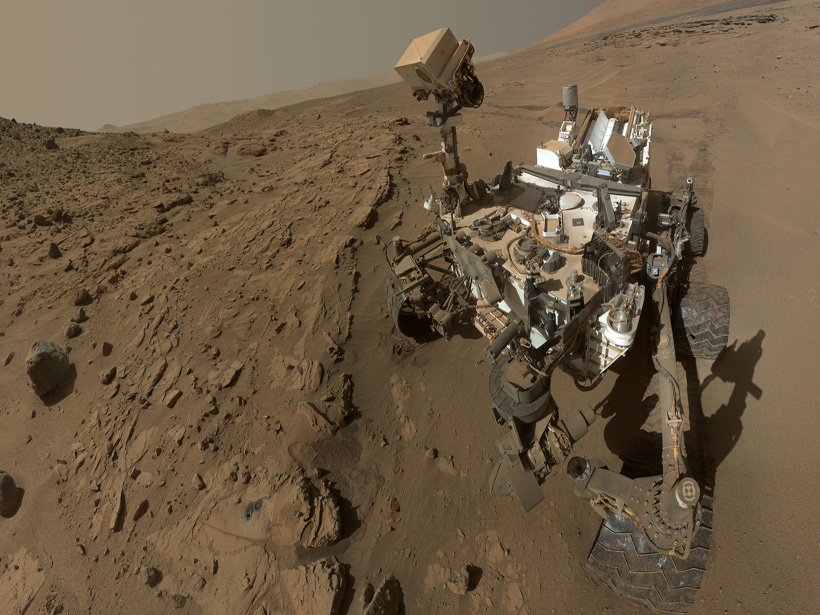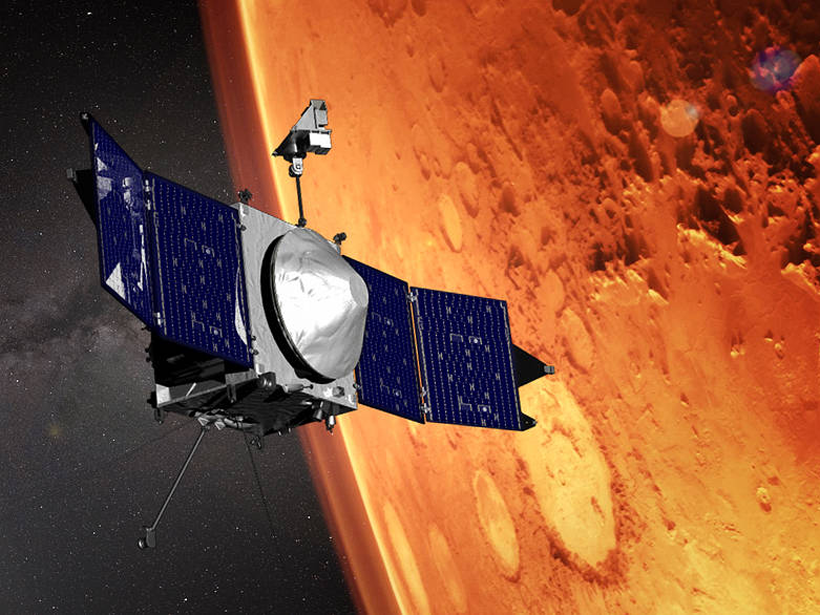Variation in the orientation of flux rope features in Mars’s magnetotail suggests that some of them form on the planet’s Sun-facing side and travel to the night side.
Mars
Curiosity Spies Shifting Sands on Mars
Images from the rover’s pioneering encounter with sand dunes on Mars constrain wind speeds required to move sand in the thin Martian atmosphere.
Scientists, Policy Makers Push for Mars Exploration
At a recent forum, Sen. Ted Cruz also announced a Senate hearing to revisit the half-century-old Outer Space Treaty, and he warned about potential military threats to the nation’s satellites.
Insights into the Habitability of Mars
NASA’s Curiosity rover explored the Kimberley region of Mars to search for signs that the planet was once habitable.
Spacecraft Returns Its First Data on Martian Solar Irradiance
Scientists demonstrate the capabilities and limitations of the mathematical model used to calculate solar irradiance using measurements from NASA’s Mars Atmosphere and Volatile Evolution (MAVEN).
Mars Polar Intrigue Spurs Multidisciplinary Collaboration
Sixth International Conference on Mars Polar Science and Exploration; Reykjavík, Iceland; 5–9 September 2016
Studying Martian Rocks Without Leaving Planet Earth
Matching Martian rock formations to those found on Earth can help researchers learn more about the Red Planet.
Focus NASA on Mars and Moon, Not Earth, Witnesses Tell Hearing
One speaker, the former chief scientist of NASA, spoke up for NASA's Earth science program as broadly beneficial and affordable within the agency's existing budget.
How Mars Got Its Layered North Polar Cap
Orbital wobbling shaped the dome of ice and dust at the planet's north pole.
Martian Mantle Models Pave the Way for NASA's InSight Lander
The most detailed simulations to date of how heat flows through Mars's interior are good news for the upcoming lander and will help scientists interpret its data.










